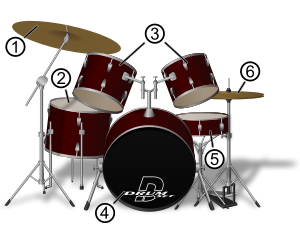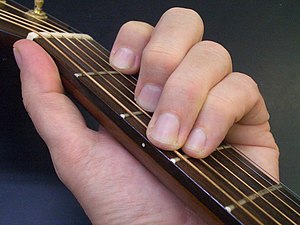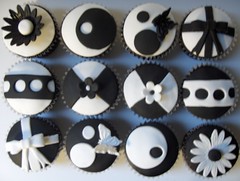I actually read an article elsewhere on the web which had a similar theme to this, so I decided to write my own. No plagiarism here :-), just some of my ideas on what makes a great chorus.
1. The Lyrical Sum of the Song
Lyrically, the chorus of a song is its focal point, its summation, a kind of wrap-up of what the song is about. In pop and country/pop especially, the chorus is everything. You’ll notice that many songs in these genres have choruses that are longer than the verses, and sometimes they are inserted at the beginning of the song just to let you know that this is what the song is all about!
The chorus should be the very centre of the song. Make it stand out musically and lyrically (contrast) to the rest of the song. Think about it as being the sun, with the verses representing the planets spinning around it. Hmmm…I must be a songwriter…
2. The Chorus is the Part They Remember!
When you’re writing a chorus, you’ll want to pay special attention to its memorability. Often, the chorus contains the title of the song, and in many cases the title is repeated a number of times. Often, the title is at the very beginning or end of a chorus which certainly helps people to remember it. And if there’s a melodic hook, the chorus is where you’ll often find it. How many times has someone had to sing a song to you all the way to the chorus before you suddenly recognize it? Think about that!
3. Repetition, Repetition, Repetition
I talk about repetition a lot in this blog because it’s a critical point. The number of times you repeat a melodic phrase or a lyrical one can make or break a song. If it’s too much, it gets boring, if it’s not enough, it’s meandering. And how many times you repeat a chorus is also important. Having the chorus after the verses is obvious, but how many times should you repeat it at the end? The chorus is one of those places where you can effectively use repetition to drive the point of the song home. Let me repeat: the chorus is one of those places where you can…you get my drift 🙂
4. But The Chorus Doesn’t Have To Repeat Itself!
If you’ve never heard of it, get to know the term “progressive chorus”. For the most part, a progressive chorus is one that reflects the verse before it…for instance if you are going from past to present to future in your verse lyrics, the chorus might also reflect this tense change with different wording: “was”, to “is”, to “will be”. And sometimes to carry a song lyric along, the chorus needs to “update”, if you will, according to whatever is happening in your lyric. This can be a very effective tool in writing a great song lyric.
5. Sometimes There Is No Chorus
Not every song requires a chorus. In fact, a lot of song have simply what is considered a “refrain”; a line or a phrase that gets repeated at the end of each verse. A good example of that is “The Times They Are A Changin'” – an old Bob Dylan song. And guess what? The refrain is the title of the song! That’s because it is repeated, and because it is the whole point of the song, so it does the job of a chorus without actually being one. If you’re more of a folk songwriter, you already know this. Folk is one of the oldest song forms, with only verses: A, A, A, A.
And those are my five “secrets”. Not secrets at all, of course, but they might make you think more about how to construct a chorus in future.
A little background when it comes to choruses for those of you young punks :-). Up until only a few years ago, songs were discovered mainly on the radio. In some cases the DJ would either introduce the song and/or artist before or after it was played. But sometimes you would catch a song in the middle and not hear the introduction, or songs played back-to-back so they weren’t identified. If you really liked a song, it became particularly frustrating if you didn’t know its name or the artist’s name. Songwriters paid a lot of attention to this, which is why popular songs often had a lot of repetition especially in the chorus, or at the very least, something very memorable that could be identified by listeners when they were going to a record shop to try and find a song, like a powerful melodic hook.
The digital era has made it a lot easier to identify songs as you’re hearing them, but the old idea of a hook and a powerful chorus is still relevant. If your plan is to pitch your songs, or at the very least, write memorable ones, then spend a lot of time working on the chorus, if there is one.
One last point: you probably already know that the dictionary also defines a chorus as a “group” of singers. So why not think of your song chorus in terms of what it sounds like when a group is singing together, and the verses as the soloists? Just another way to think of it 🙂
IJ






![Reblog this post [with Zemanta]](http://img.zemanta.com/reblog_e.png?x-id=f9650140-e2de-4b95-b3eb-7b6b19a3cfea)